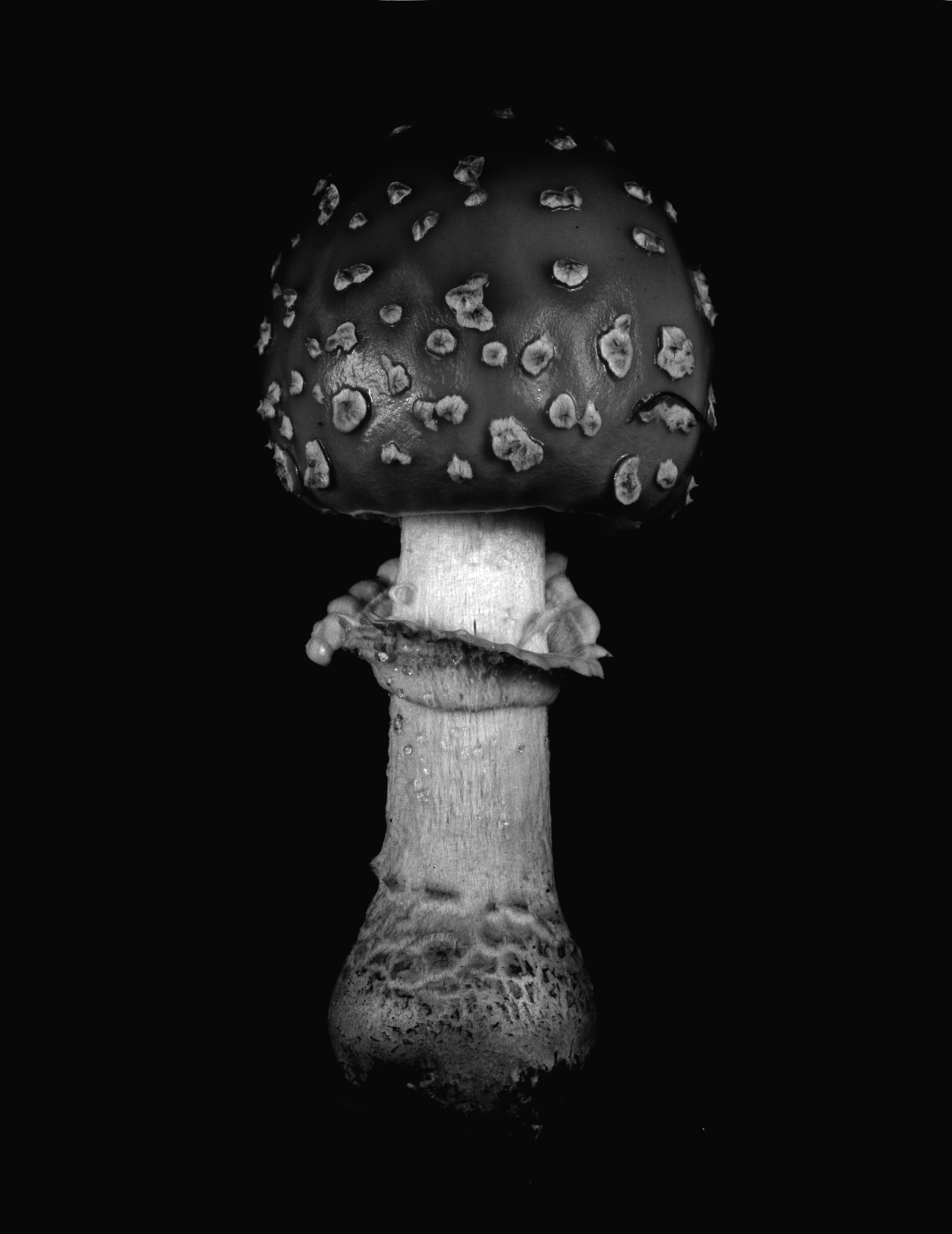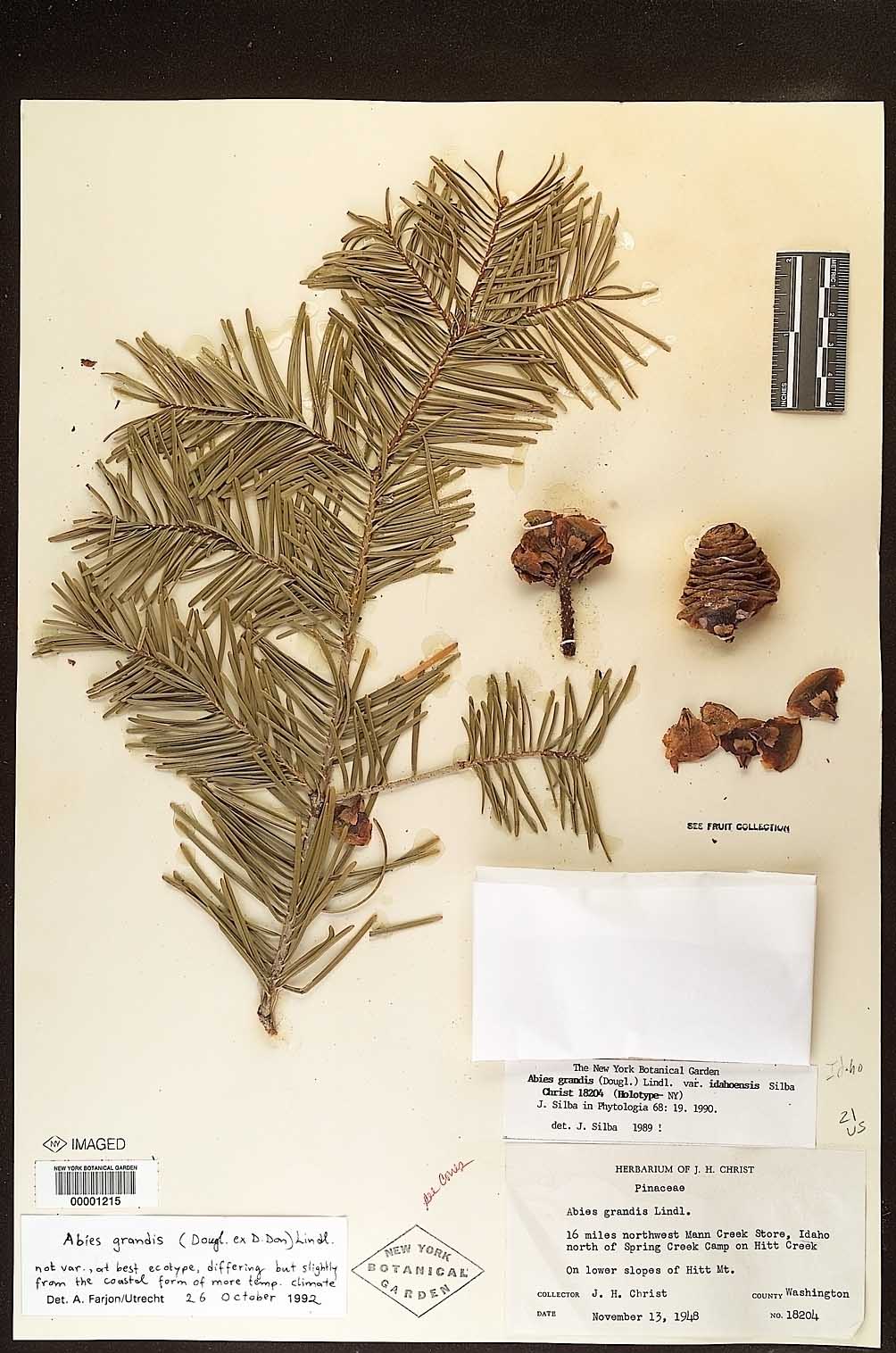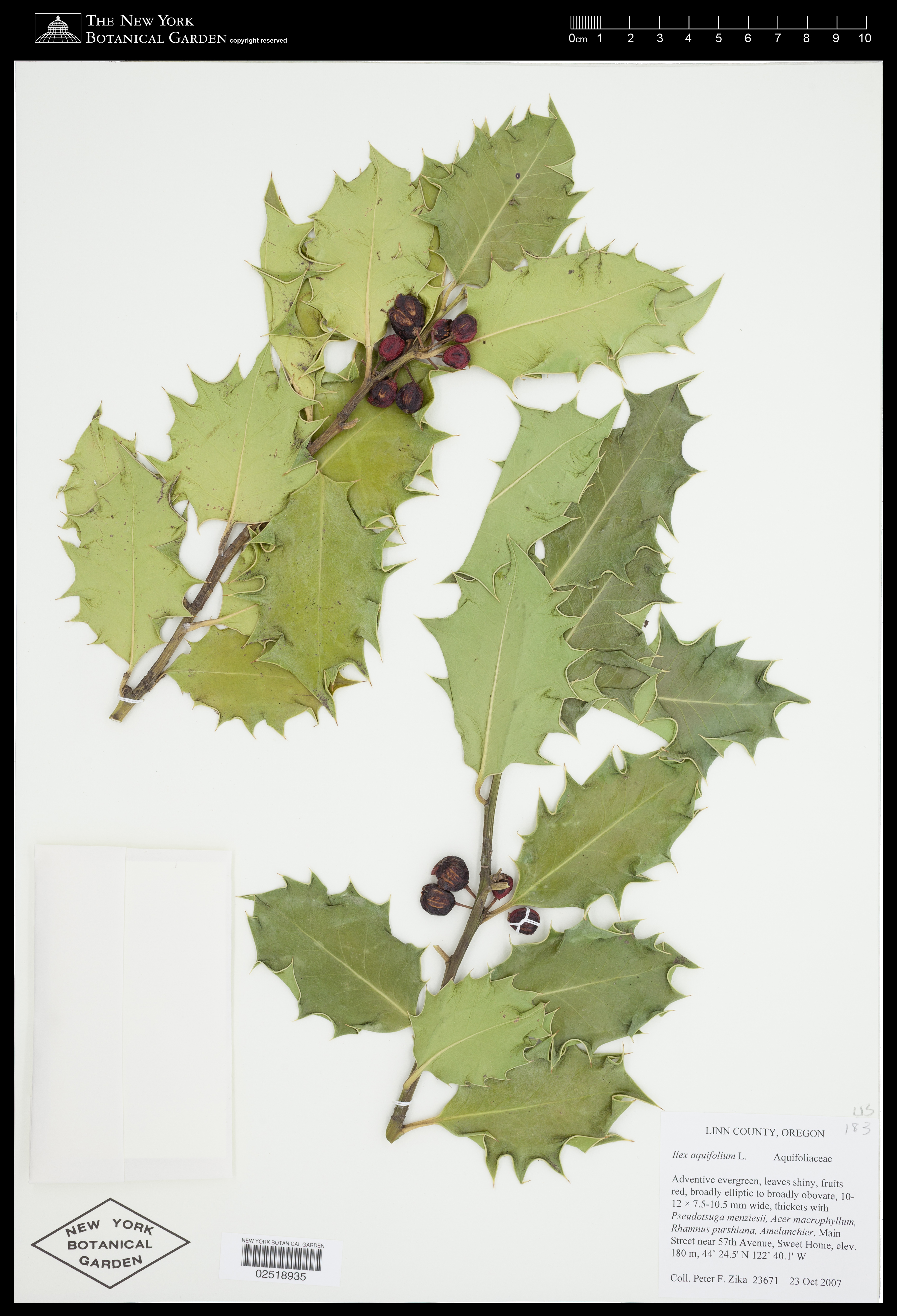Nov 22 2019
European winter traditions that predate Christianity have a large focus on plants. Many of the plants we now associate with Christmas had their origins in earlier celebrations centered around the Boreal Winter Solstice. Many are plants that maintain green growth into the depths of winter, reminding people that spring will come again.
Evergreens are the quintesential plant associated with the northern winter season. Bringing conifer trees or boughs into the home during the winter is a very old tradition, a symbol of protection and a vibrant sign of life when most other trees have lost their leaves.
Holly plants are associated with the very end of the solar calendar, and is another evergreen plant associated with protection.
Ivy vines are yet another evergreen plant, their green leaves striking in winter. As ivy can be bound tightly to its host plants, it can be a symbol of familial bonds as well as friendships.
Mistletoes are parasitic plants that grow on other species of trees. Traditionally hung over doorways, it's not just for kissing - the plant is symbolic for ending discord and looking forward to peaceful relations in the new year.
Birch trees are among the first to regenerate after forest disturbances, making this plant another powerful symbol for new beginnings in the new solar year.
Yew trees are symbolic of the last day of the solar year, the afterlife, and immortality.
Oaks are symbolic of victory and power, and represent the beginning of the new solar year as the sun triumphantly returns.
Fly Agaric mushrooms are hallucigenic fungi found frequently in northern conifer forests. They are the classic fairytale toadstools and are used commonly in European winter decorations. Some scholars trace the modern Christmas colors of red and white to the vibrant caps of these mushrooms, and others debate the origins of stories of flying reindeer to mushroom-induced hallucinations.










